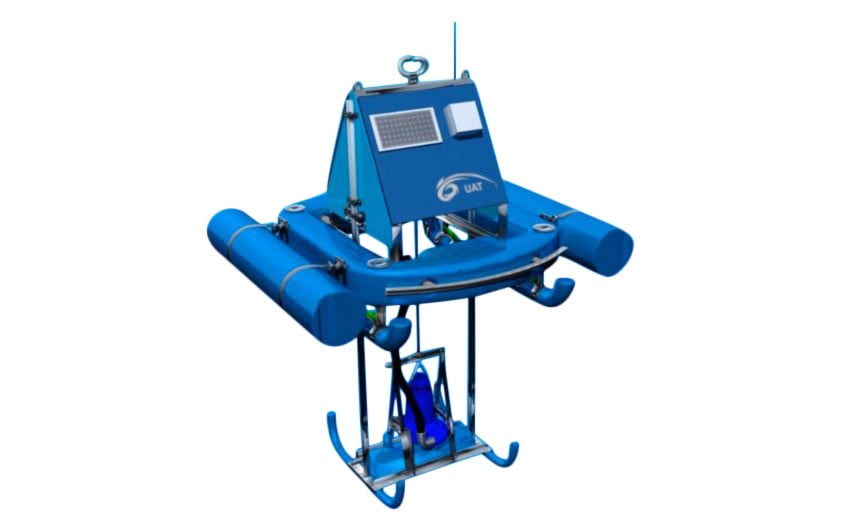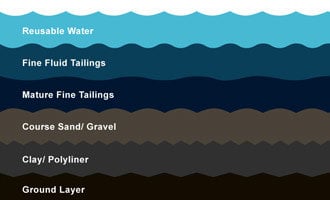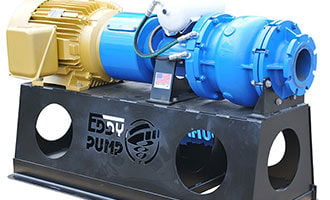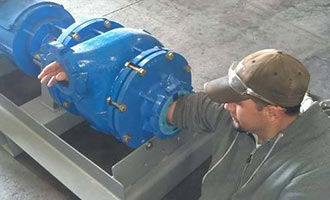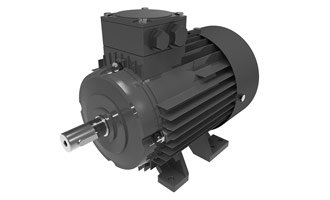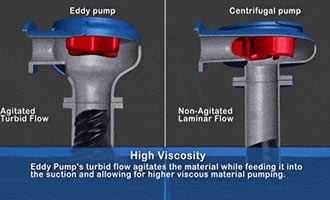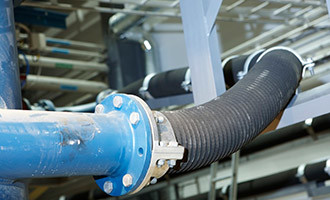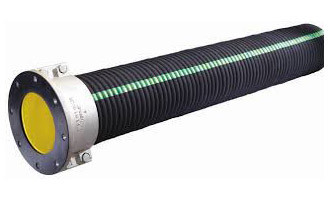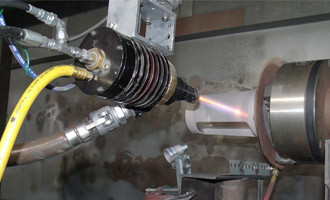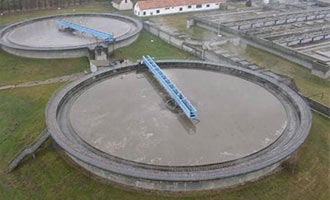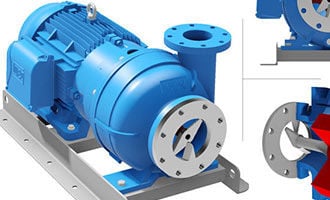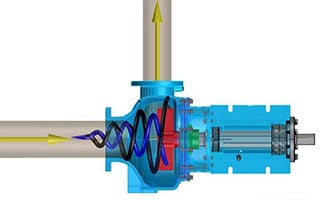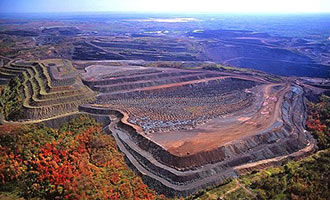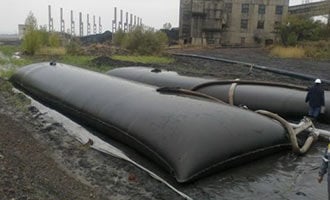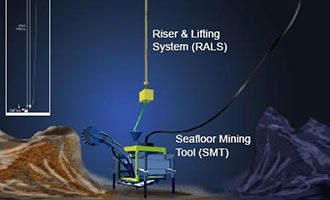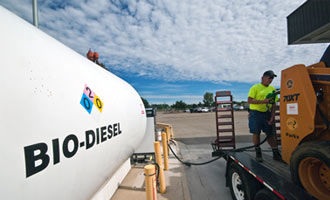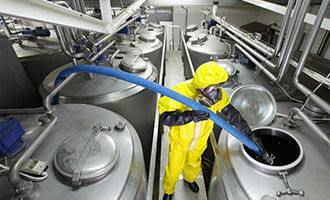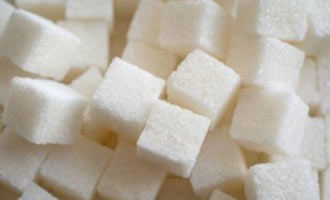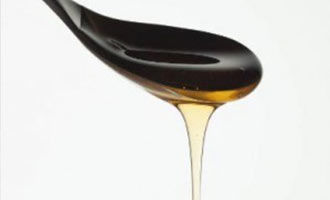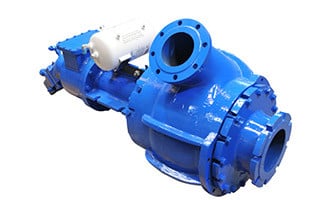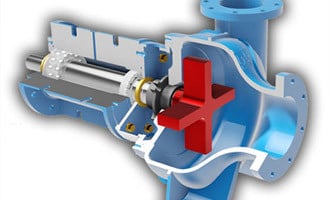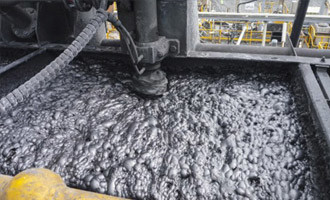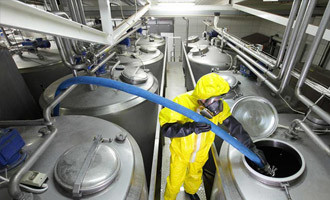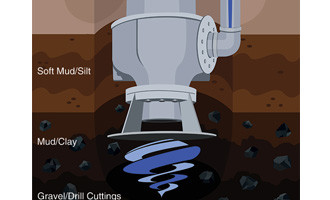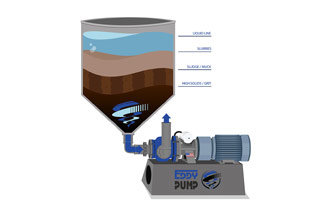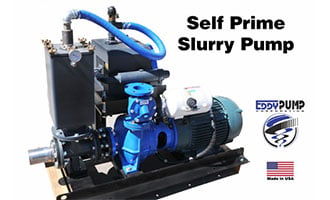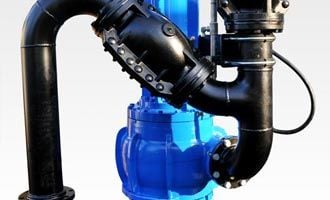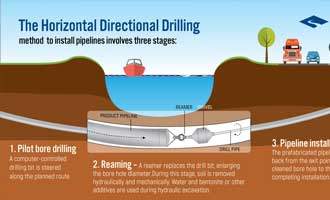The Best Pumps for Biofuel and Biodiesel Production
Learn about how biofuel and biodiesel is produced and what pumps are the most efficient. Browse Our BioFuel Slurry PumpsContact Us For Fast QuotePumps are an important aspect of biofuel production and help achieve biofuel production goals by adding the necessary energy to the pipeline. Production requires pumps to be reliable, durable and efficient, which are all qualities of the EDDY Pump. By choosing the EDDY Pump, biofuel production centers can reap the benefits in the form of optimized production, minimized power consumption and lower maintenance costs.
Biofuel Basics
The production of biofuel refers to ethanol or biodiesel. Ethanol can be used as an alternative fuel to gasoline but is actually alcohol based. United States gasoline has a blend of 46 percent ethanol in the form of E10, which is a blend of 10 percent ethanol and gasoline. Ethanol is also used as a replacement for MTBE (methyl tertiary-butyl ether), which is an additive that helps reduce oxygen content in gasoline to prevent engine problems.
The most common feedstocks for the production of ethanol include sorghum, corn, sugarcane, beets, corn, potatoes, and poplars. Corn is most often used because it is a relatively low-cost source of starch that can easily be converted to ethanol. Corn is so often used that it comprises 90 percent of all ethanol production. Switchgrass has one of the highest potentials for use as a biofuel crop in the United States because it has a higher yield per acre, grows well under a wide range of conditions and requires less energy to produce.
Biodiesel is a renewable fuel for diesel engines that is created from vegetable oils and animal fats. Biodiesel is not the same thing as raw vegetable oil. Instead, it is produced by a chemical process that removes the glycerin and converts the oil into methyl esters.
The use of biofuel has a long history, starting way back with Rudolf Diesel in the 19th century in Germany. Diesel experimented with many types of fuels to power his compression ignition engine, his own invention. Using peanut oil, he powered his first engines at the World Exposition in Paris over 100 years ago! The most common feedstocks for biodiesel production include oil from soybeans, canola, palm, corn, cottonseed, sunflower, and corn.
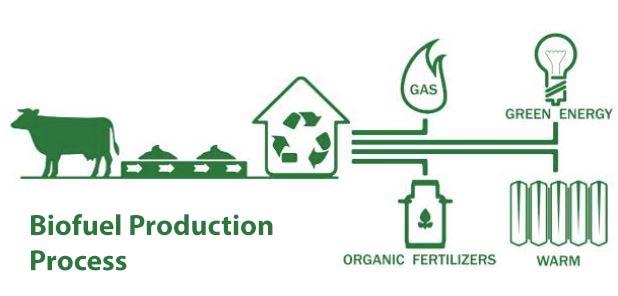
Choosing the Right Pump
Many facilities work on a continuous production cycle, often producing 50 million or more gallons of ethanol or biodiesel per year. Unplanned shutdowns for clogs or maintenance is very costly for facilities, often costing tens of thousands of dollars of lost revenue per day despite aggressive efforts to prevent downtime.
Therefore, energy companies rely on their pumps to be durable, reliable and provide efficient performance. Most pumps should last about 3 years before needing routine maintenance, which if performed regularly, could extend the life of the pump to about 10 years. The EDDY Pump makes an obvious great choice as a biodiesel and biofuel pump. Equipped with a no-clogging design, high abrasives handling and no critical tolerances, you can expect high reliability and low maintenance, thereby increasing revenue.
EDDY Pump partnered with UAT Pacific and is now able to offer a complete dredging solution for effective slurry, sludge, and solids removal, the Dredge Sled. With the latest technology, the Dredge Sled is a cost-effective solution for your pond, lagoon, canal, tailings pond, and settling tank cleaning.
The Dredge Sled is a simple, efficient and easy to use alternative to more complicated heavy-duty dredging equipment. The best solution for shallow pond or lagoon dredging.
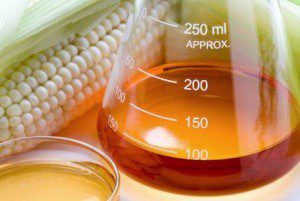
In the first stage of ethanol production, the feedstock is fed through a hammermill to create flour, which is then mixed with water in a cooking tank to form a slurry. The slurry can be rated in one of two ways; its viscosity or its solid content. Viscosity refers to a fluid’s resistance to flow, while solids content refers to a fluid’s percentage by weight of nonvolatile material. Any of the cellulose-based fibers used in ethanol production have high solids content and viscosity.
The slurry is then fermented into a mash, which is then pumped into the distillation machines. To separate the ethanol, heat is added, leaving stillage which is a mixture of non-fermentable solids and water. The remaining stillage is pumped out of the distiller into a centrifuge machine that separates the solids from the liquids.
Since slurries are typically abrasive, they can cause excessive wear in pumps that rely on internal parts that contact such as progressive cavity and gear pumps. Excessive wear can cause the pump to run dry, which will only further the wear and tear on the pump and cause downtime. Additionally, it takes a tremendous amount of energy to start up a slurry pump once the slurry has settled, raising the energy costs of operation.
To combat these issues, companies should employ EDDY Pumps for pump applications in which slurry or oil is viscous during the primary production stages. Since EDDY Pumps have a recessed impeller and no critical tolerances, internal components are not as susceptible to the same type of wear as positive cavity and gear pumps. EDDY Pumps are also able to efficiently pump slurry and move it along the pipeline, minimizing energy usage.
Looking for more information on biofuel processing pumps?
Turning Up the Heat
During biofuel production, operation temperatures can fluctuate wildly, causing various effects on machinery. Metal will expand when heated, and since most pump components are made from metal, the temperature is, therefore, a major thing to consider when selecting a pump.
Due to high temperatures, rotary positive displacement pumps are recommended for these applications. Generally, a rotary PD pump will have a clearance of a couple thousandths of an inch between the rotor, the body, and the end cover. If a pump will be exposed to heat, the pumps should be equipped with hot clearance rotors, which allow for the expanding of the metals to ensure the pump operates smoothly in high heat applications.
Conclusion
The popularity of biofuels has sharply increased in recent years, and will continue to do so as more and more biofuel production plants are created worldwide. Selecting the right pump, such as the EDDY Pump, is key for new energy plants to be competitive and reach success. By following the guidelines in this post, biofuel companies will be rewarded with reliable production, reduced maintenance, and lower power costs.
Related Products
HD (Heavy Duty) Slurry Pumps
Why EDDY Pumps Are Better – Highlights
This video shows how EDDY Pump transports high slurry and abrasive materials. Featured dredge pump equipment includes the Remote Operated Subdredge, Diver Operated Pump and a Excavator Attachment Dredge Pump.
Why EDDY Pumps Are Better - Highlights
This video shows how EDDY Pump transports high slurry and abrasive materials. Featured dredge pump equipment includes the Remote Operated Subdredge, Diver Operated Pump and a Excavator Attachment Dredge Pump.



